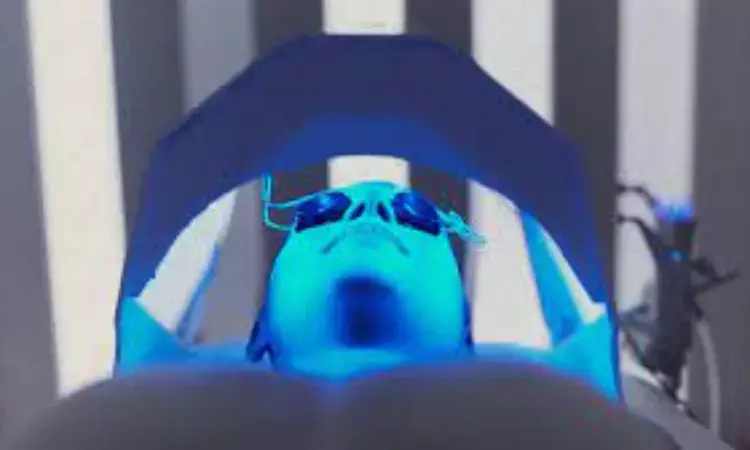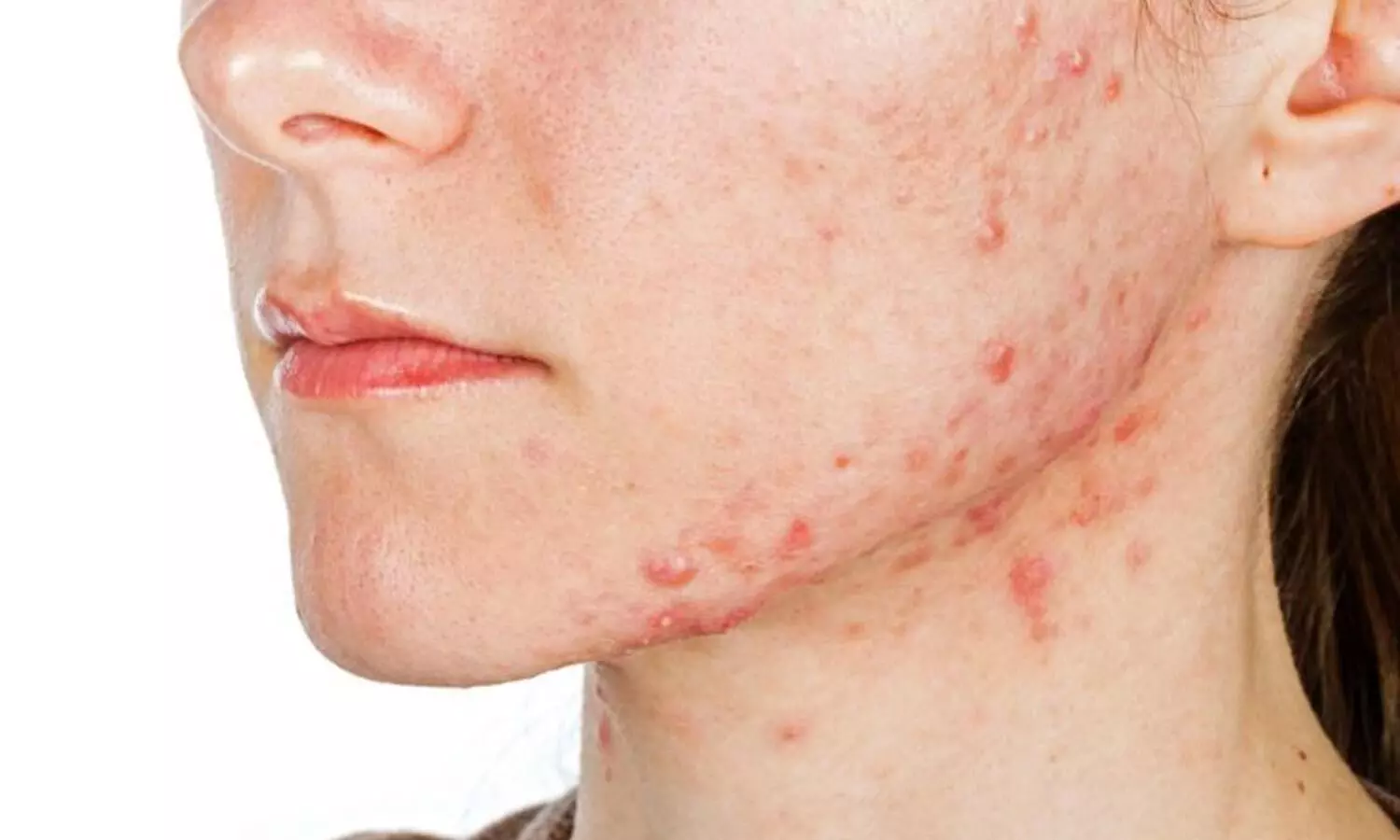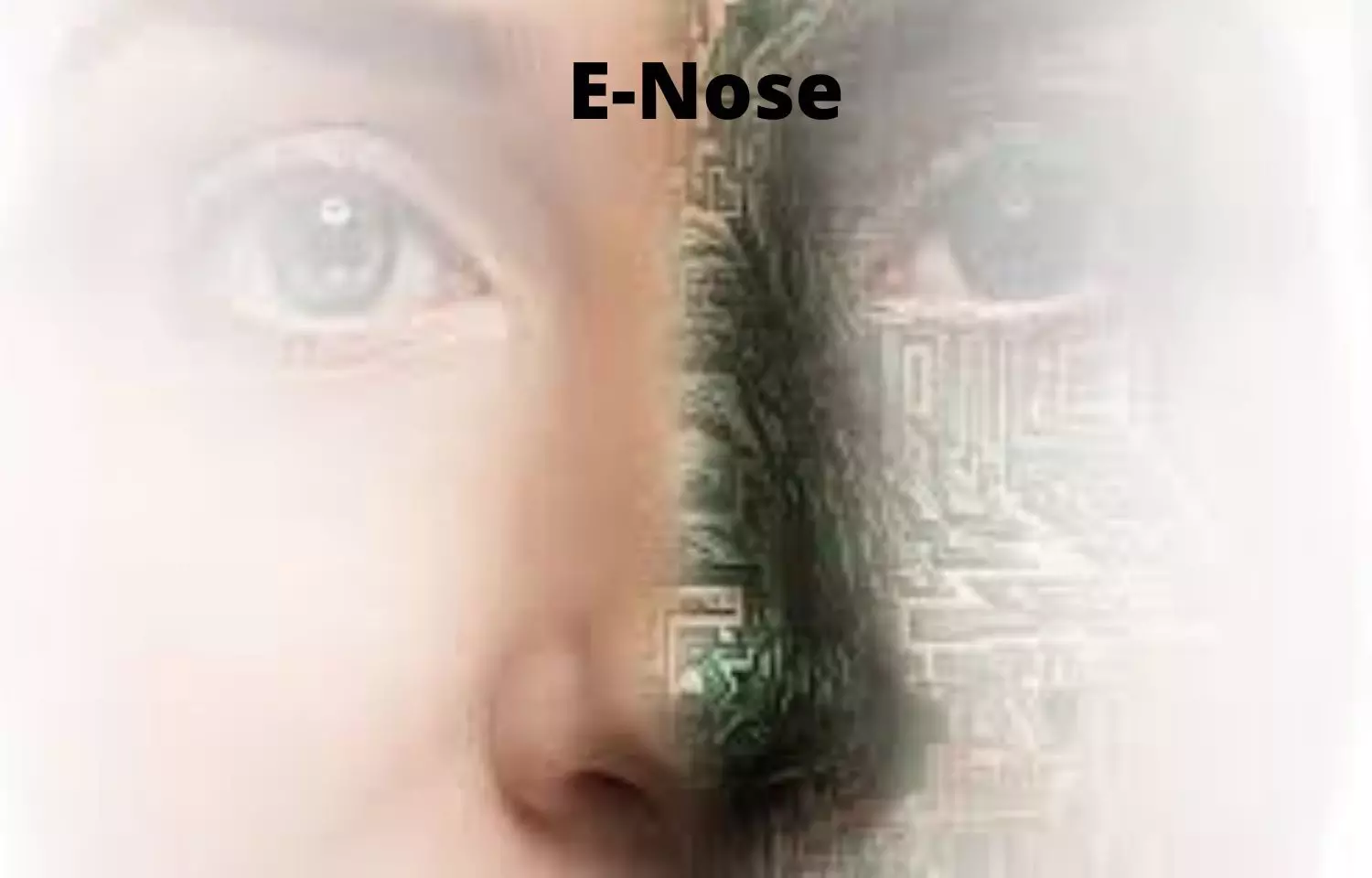- Home
- Medical news & Guidelines
- Anesthesiology
- Cardiology and CTVS
- Critical Care
- Dentistry
- Dermatology
- Diabetes and Endocrinology
- ENT
- Gastroenterology
- Medicine
- Nephrology
- Neurology
- Obstretics-Gynaecology
- Oncology
- Ophthalmology
- Orthopaedics
- Pediatrics-Neonatology
- Psychiatry
- Pulmonology
- Radiology
- Surgery
- Urology
- Laboratory Medicine
- Diet
- Nursing
- Paramedical
- Physiotherapy
- Health news
- Fact Check
- Bone Health Fact Check
- Brain Health Fact Check
- Cancer Related Fact Check
- Child Care Fact Check
- Dental and oral health fact check
- Diabetes and metabolic health fact check
- Diet and Nutrition Fact Check
- Eye and ENT Care Fact Check
- Fitness fact check
- Gut health fact check
- Heart health fact check
- Kidney health fact check
- Medical education fact check
- Men's health fact check
- Respiratory fact check
- Skin and hair care fact check
- Vaccine and Immunization fact check
- Women's health fact check
- AYUSH
- State News
- Andaman and Nicobar Islands
- Andhra Pradesh
- Arunachal Pradesh
- Assam
- Bihar
- Chandigarh
- Chattisgarh
- Dadra and Nagar Haveli
- Daman and Diu
- Delhi
- Goa
- Gujarat
- Haryana
- Himachal Pradesh
- Jammu & Kashmir
- Jharkhand
- Karnataka
- Kerala
- Ladakh
- Lakshadweep
- Madhya Pradesh
- Maharashtra
- Manipur
- Meghalaya
- Mizoram
- Nagaland
- Odisha
- Puducherry
- Punjab
- Rajasthan
- Sikkim
- Tamil Nadu
- Telangana
- Tripura
- Uttar Pradesh
- Uttrakhand
- West Bengal
- Medical Education
- Industry
Blue light therapy decreases lesion count and alleviates itch in Grover disease patients

Chicago, IL: A new research found that blue light therapy decreases lesion count and alleviates itch in patients with Grover disease. The study was published in the journal JAMA Dermatology.
Grover disease also called transient acantholytic dermatosis is an uncommon skin disorder characterized by pruritic papulovesicular eruptions of truncal skin. Thermal insults of eccrine sweat ducts lead to subsequent occlusion developing Grover disease. Various treatments are used for the management of which researchers from Chicago, Illinois hypothesized that blue light therapy—treatment helps in the management of Grover disease.
A nonrandomized controlled trial was conducted at Northwestern University (Chicago, IL) on eligible adults with Grover disease. After a 2-week washout period, using an FDA-cleared, commercially available blue light system, participants underwent 15 treatments of nonionizing blue light phototherapy irradiation without photosensitization. Each session lasted for 9 minutes per side, 3 times per week for 5 consecutive weeks, and the clinical status was determined by two blinded observers at both baseline and conclusion. Paired t-test and Wilcoxon rank sum tests were used to compare the changes in lesion count, serum concentrations of TNF-α, C-reactive protein, IL-12p40, IFN-γ, Dermatology Life Quality Index, and 12-item Itch Severity Scale pretreatment and posttreatment.
Key findings:
- 11 patients were enrolled.
- The mean baseline lesion count decreased from 27 to 6
- Itch Severity Scale decreased from 7.8 to 5.1
- Two participants achieved complete disease resolution by the end.
- Dermatology Life Quality Index scores pretreatment and posttreatment scores did not differ.
- No change was observed in cytokine concentrations.
- There were no treatment-related adverse events.
Thus, Grover disease patients had comfort with blue light therapy. Large-scale randomized controlled trials are needed to further confirm the study.
Further reading: Olagbenro M, Ravi S, Myers D, et al. Assessment of Blue Light Phototherapy for Grover Disease: A Nonrandomized Controlled Trial. JAMA Dermatol. Published online November 30, 2022. doi: 10.1001/jamadermatol.2022.4491
BDS, MDS
Dr.Niharika Harsha B (BDS,MDS) completed her BDS from Govt Dental College, Hyderabad and MDS from Dr.NTR University of health sciences(Now Kaloji Rao University). She has 4 years of private dental practice and worked for 2 years as Consultant Oral Radiologist at a Dental Imaging Centre in Hyderabad. She worked as Research Assistant and scientific writer in the development of Oral Anti cancer screening device with her seniors. She has a deep intriguing wish in writing highly engaging, captivating and informative medical content for a wider audience. She can be contacted at editorial@medicaldialogues.in.
Dr Kamal Kant Kohli-MBBS, DTCD- a chest specialist with more than 30 years of practice and a flair for writing clinical articles, Dr Kamal Kant Kohli joined Medical Dialogues as a Chief Editor of Medical News. Besides writing articles, as an editor, he proofreads and verifies all the medical content published on Medical Dialogues including those coming from journals, studies,medical conferences,guidelines etc. Email: drkohli@medicaldialogues.in. Contact no. 011-43720751




